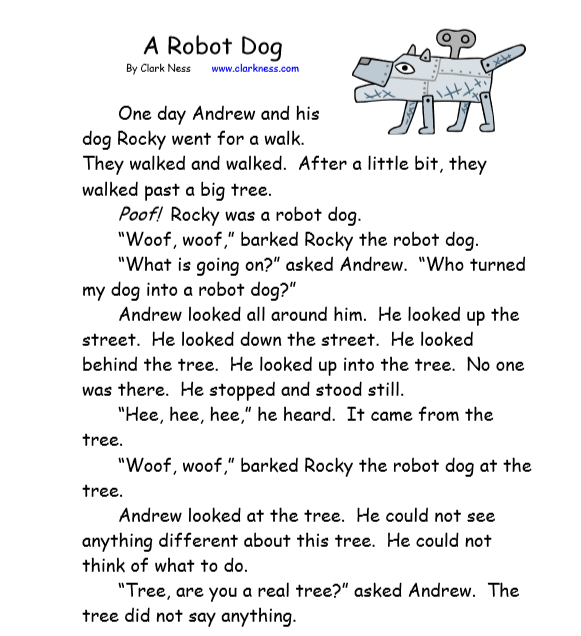

Grace Weston scapegoats technology when she relies on prejudices to claim that her daughter Gloria’s mute nursemaid robot Robbie is a threat. As such, I will argue that I, Robot portrays prejudice against Robbie, Cutie and Stephen Byerley to ironically demonstrate the use of technology as a scapegoat.

Fearing the loss of their power over machines, the humans blame Robbie, Cutie, and Stephen Byerley for posing a threat, and yet Asimov positions their suspicion of robots as unreasonable. The short stories “Robbie,” “Reason,” and “Evidence” show how humans clearly target robots with prejudice.

Although the Three Laws of Robotics guide Asimov’s robots to ensure humans’ and robots’ safety, these machines face resistance from humans and are banned from Earth. Isaac Asimov’s I, Robot includes nine short stories that unveil the robotics evolution from a nursemaid robot that could not speak to a time in which the Machines rule the Earth. Robots and Mechanical Men, Inc., the major manufacturer of robots.Prejudice and The Scapegoating of Robots in Asimov’s I, Robot by Vanessa Nunes Several of the stories feature the character of Dr. Although the stories can be read separately, they share a theme of the interaction of humans, robots, and morality, and when combined they tell a larger story of Asimov's fictional history of robotics. Susan Calvin tells each story to a reporter (who serves as the narrator) in the 21st century. The stories are woven together by a framing narrative in which the fictional Dr. The stories originally appeared in the American magazines Super Science Stories and Astounding Science Fiction between 19 and were then compiled into a book for stand-alone publication by Gnome Press in 1950, in an initial edition of 5,000 copies.

I, ROBOT I, Robot is a collection of science fiction short stories by American writer Isaac Asimov. The stories originally appeared in the American magazines Super Science Stories and Astounding Science Fiction between 19 and were then compiled.


 0 kommentar(er)
0 kommentar(er)
